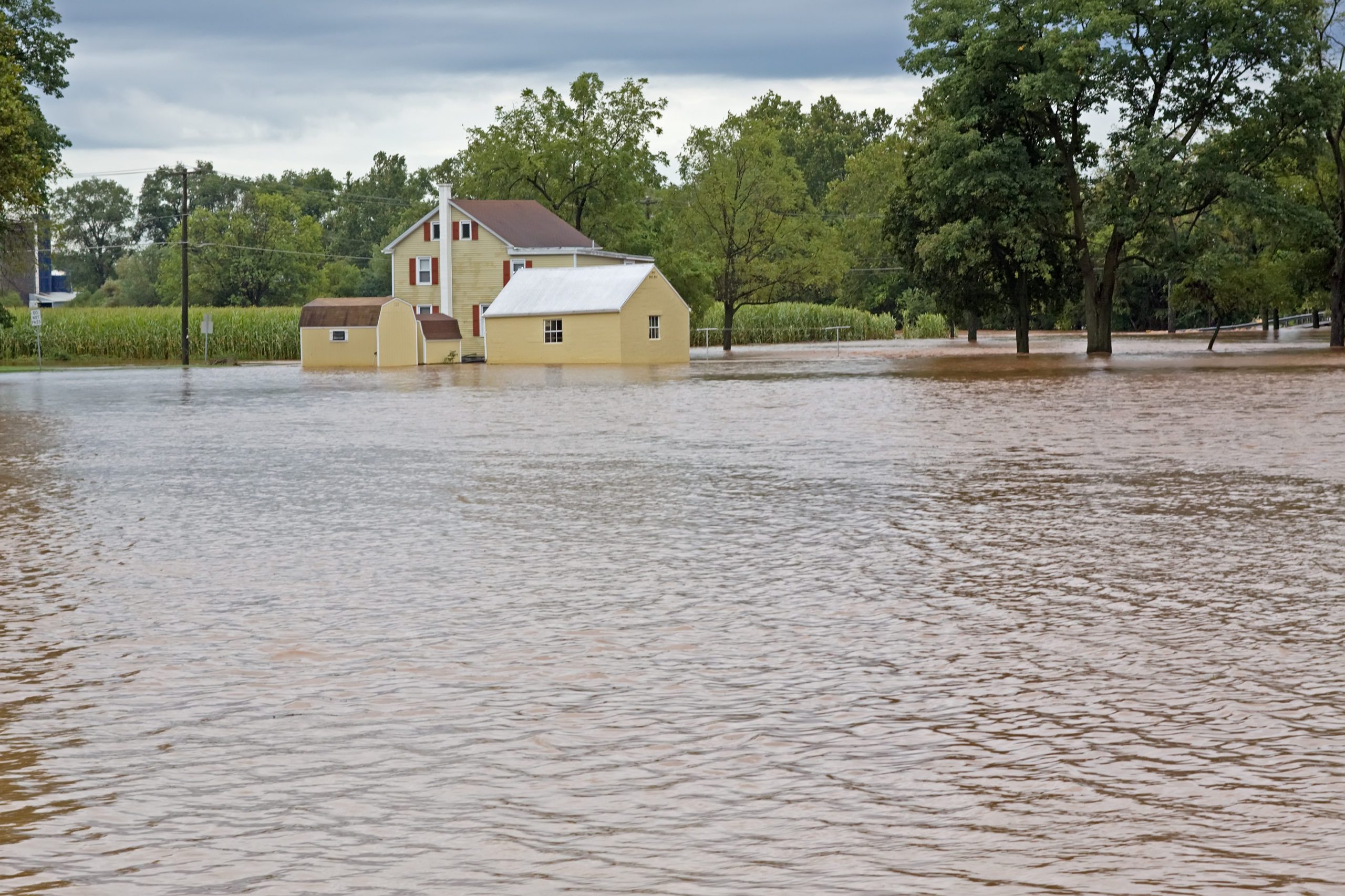
Existing National Flood Insurance Program policies will see new rate changes take effect beginning April 1 as the second phase of the updated risk rating methodology called Risk Rating 2.0 is implemented.
Risk Rating 2.0 is designed to incorporate industry best practices and new technology to enable the Federal Emergency Management Agency to provide rates that are equitable, easier to understand and better reflect a property’s flood risk.
FEMA has projected that 56% of Pennsylvania policy holders will see an increase up to $10 per month, which is consistent with the increases seen under the previous rating system. About 7% will see $10-$20 increase per month and another 7% will see $20 or more monthly increases. Thirty percent of policies will see an immediate decrease in their monthly payment. Any increases cannot exceed 18% per year by law.
As part of the new rating system, elevation certificates will no longer be required for flood insurance, which should help home buyers with insurance requirements to purchase a policy more quickly without the out-of-pocket expense. In addition, any existing discounts on an NFIP policy will transfer to the new property owner.
“Insurers are required to notify NFIP policy holders 45 days before the policy renews so they’re aware of the new rates. Renewals in Pennsylvania spread out over the entire year, and some may have already received a renewal notice. We expect many existing policy holders will receive renewal notices June through August,” said Maggie Dunn, outreach coordinator for the Mitigation Division at Federal Emergency Management Agency Region 3, which includes Pennsylvania, Delaware, District of Columbia, Maryland, Virginia and West Virginia.
For more than 40 years, NFIP rates have been based on static measurements based on a property’s elevation within a zone of a Flood Insurance Rate Map. FEMA expects the new system will provide more equity in policies, so individuals no longer pay more than their share in flood insurance premiums based on the value of their homes. Homeowners with older houses are predicted to see a premium decrease.
“We anticipate that a number of policy holders will see a decrease in their policy rates,” said Bill Bradfield, the state NFIP coordinator for the Pennsylvania Emergency Management Agency.
The Association of State Floodplain Managers and the Pew Charitable Trusts has created an interactive map that shows projected premium changes by state.
FEMA implemented the first phase of Risk Rating 2.0 for new policies in October. Premiums under the new system will reflect a property’s unique flood risk based several unique factors including type of flood risk (rainfall or river/coastal flooding), distance to water, ground elevation, first-floor height, foundation type, construction type and estimated rebuilding cost.
Dunn said the process for implementing the new rating for new policies has been mostly smooth, although they anticipate there may be more inquiries from existing policy holders as the new rates are applied.
Bradfield said PEMA hasn’t received many questions from consumers at this point. “So far, this has only affected new policy holders, so they don’t have anything to compare their policy to. We anticipate more calls after April 1 when existing policies have changed.”
Both Dunn and Bradfield urge Realtors®, homeowners and buyers to communicate with their insurance provider providing as much information as possible when obtaining insurance.
“If you’ve done mitigation activities to your home, you could get a reduction on your policy, but the insurance provider needs to be aware of that,” Bradfield said.
Dunn added, “There’s been changes to the way insurance is rated, so it’s become even more important to communicate with the insurers and let them know the changes that have been made to a property to help mitigate flood damage.”
Bradfield continues to urge all homeowners to consider purchasing flood insurance even if their homes have never flooded in the past.
“A number of people we’ve talked with after flooding occurred in several Pennsylvania communities didn’t have flood insurance because their homes weren’t in the flood zone, however recent weather events have caused flooding where it’s never happened before,” he added.
The National Association of Realtors® policy has supported Risk Rating 2.0 and has created Risk Rating 2.0 FAQs.
Additional resources:
Realtor® Magazine: What You Should Know About FEMA’s Risk Rating 2.0
Topics
Member Discussion
Recent Articles
-
Realtors® Ring Bell for Salvation Army
- December 20, 2024
- 4 min. read
Realtors® from 15 local associations braved the cold weather on Friday, Dec. 6 to ring bells for the Salvation Army’s annual Red Kettle Ring Day.
-
6 Things to Consider When Choosing a Sofa
- December 19, 2024
- 4 min. read
A sofa can completely change the look and feel of your living room. Here are six things to consider when trying to choose the right one for your home, from interior design expert Sylvia James.
-
Realtors® Reveal: 3 Homeselling Preparations to Make
- December 18, 2024
- 3 min. read
Whether you’re selling your home or you’re a seller agent helping your client, here are three homeselling preparations from two Pennsylvania Realtors®.
Daily Emails
You’ll be the first to know about real estate trends and various legal happenings. Stay up-to-date by subscribing to JustListed.



